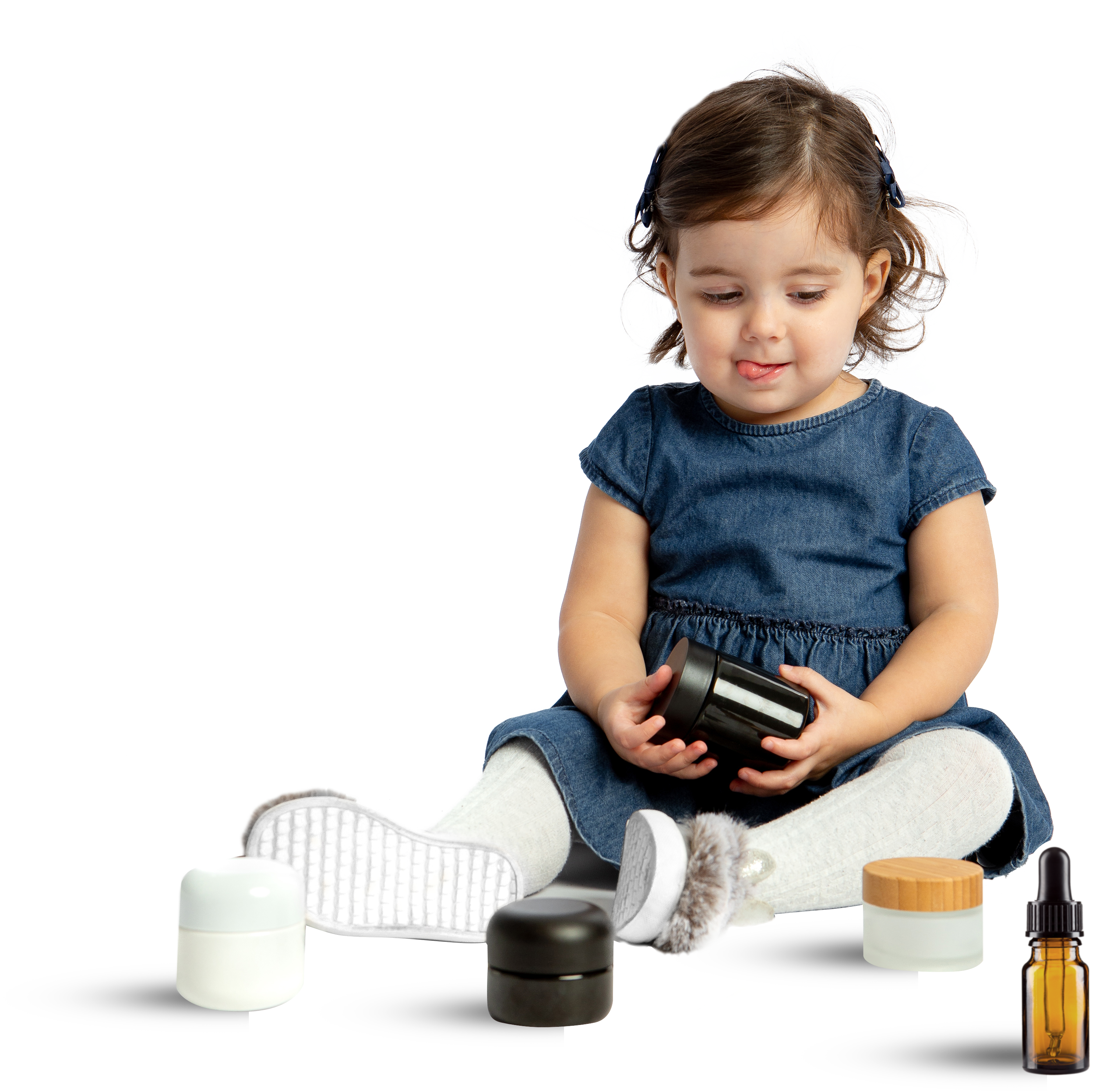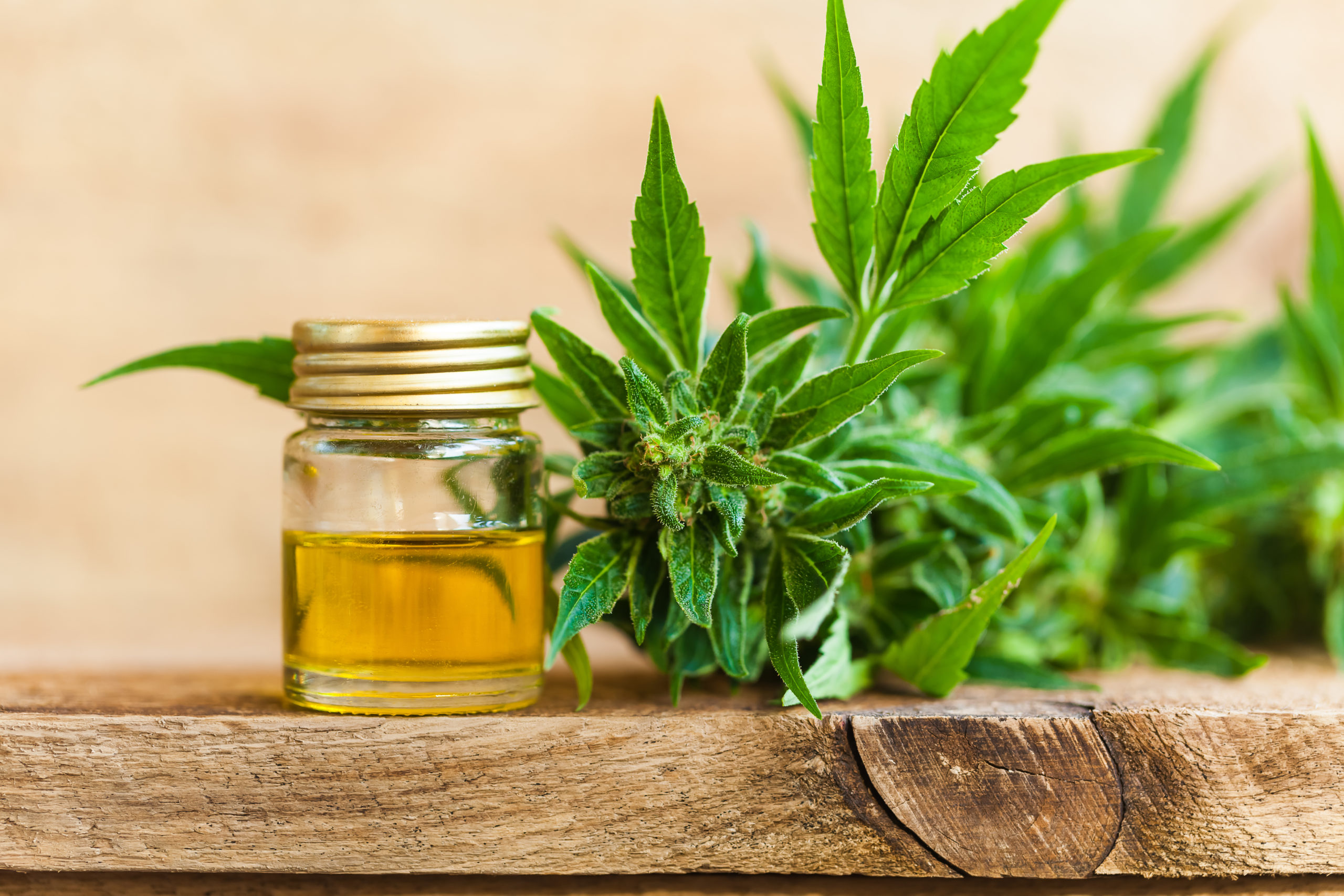
Since 2018, CBD products that contain no more than 1mg of THC have been available to purchase in the UK as food supplements, sprays, skincare and vapes.
Despite being a relatively new phenomenon, reports show that the UK is the second largest consumer of CBD products behind the United States, with a market valued at £690 million in 2021 predicted to triple to £1 billion by 2025.
But while it’s growing in popularity, CBD users with children should ensure it’s out of their reach, with an estimated 500 children under the age of five rushed to hospital after ingesting something they shouldn’t have each week in the UK.
Steve Brownett-Gale of Lifestyle Packaging discusses the importance of keeping CBD products away from children.
Is CBD safe for children?
As of 2020, UK regulations require manufacturers of CBD oils, foods or drinks to submit a novel food application to the Food Standards Agency (FSA) for safety assessment prior to sale.
To be approved by the FSA, information like strain and variety of the cannabis raw material, source country, outline of the manufacturing process, quality control measures, extraction method and product specification, is needed. Meanwhile, CBD vape products must meet General Product Safety Regulations and cosmetics containing it must meet Cosmetic Products Enforcement Regulations.
Aside from vapes, which you have to over 18 to purchase, there is currently no set age restriction on who can consume CBD products, but medical experts have advised parents to wait until there’s more research before giving them to their children.
Research black holes for children include absorption rates, potential contaminants, correct dosage side effects and how it might interact with other medications.
Therefore it’s best to keep CBD products out of reach of children and ideally in child-proof packaging to avoid potential complications.
How to protect them
1. Ensure products can’t be opened by children
The first line of defence in protecting children from ingesting potentially harmful products is choosing products in child-resistant packaging.
Before selling, CBD vendors must ensure they meet packaging requirements and include the product name, product identity, dosage, health warnings, CBD purity, any ingredients, a best-before date, anti-tamper seals and storage conditions.
While child resistance is not the law when it comes to CBD products available for consumer purchase, it’s recommended that parents seek to buy products that their child can’t open easily.
According to BSI, current standards state that child-resistant packaging should be impossible to open for 80 percent of children under five. Child-proof CBD packaging is available in various forms, such as jars, bottles and clamshell containers, with extra-safe features like click-lock caps which are often too complicated for children as users are required to push or squeeze the lid while turning it.
But it’s not just the ease of access that can deter children from opening things they shouldn’t. You should also be cautious of purchasing anything that resembles a product aimed at a young audience, such as a toy or packet of sweets – as this could attract the attention of curious young minds.
2. Store safely and securely
To ensure children are protected, your responsibility as a parent is to lock away or keep dangerous products or medicines out of your child’s reach.
Firstly, ensure any medicines or dangerous items that come in child-resistant packaging are kept in their original packaging, as this holds all the information about the product, its strength, dosage and health warnings – which could prove crucial if users suffer any side-effects and have to seek medical advice.
Next, invest in a zip lock bag to place the CBD product when you’re not using it. Ziplock bags have a single-entry design which requires mature dexterity to open and access.
Finally, locate a cabinet or drawer above the counter height that your children can’t get to or see and place your products there securely when you’re not using them.
And remember, it’s important to put CBD products away immediately after use and ensure child-lock caps are put back on properly.



